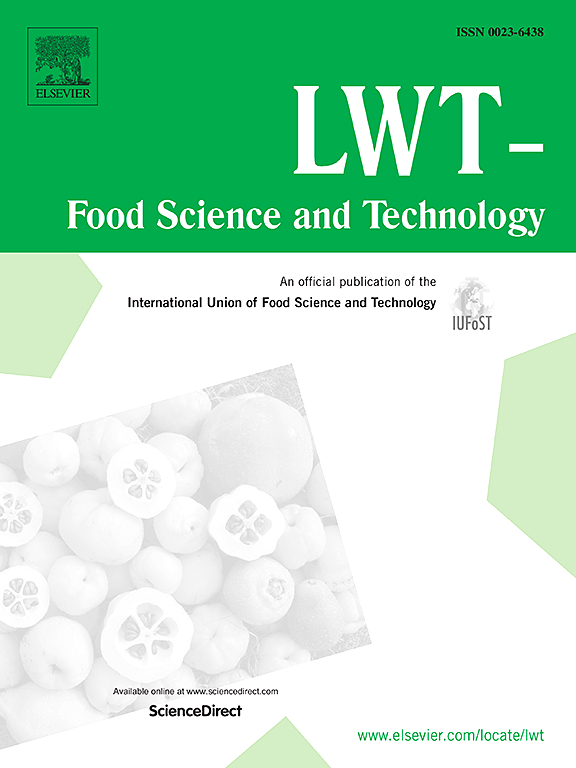Efficacy and mechanisms of antimicrobial peptide BP15 and its lipopeptides against citrus blue mold
IF 6
1区 农林科学
Q1 FOOD SCIENCE & TECHNOLOGY
引用次数: 0
Abstract
This study explored the antimicrobial peptide BP15 and its lipopeptides HBP15 and LBP15, with a focus on their efficacy and mechanisms against Penicillium italicum, the blue mold causative agent in citrus fruits. The antimicrobial peptides significantly inhibited P. italicum growth, with minimum inhibitory concentrations (MICs) of 1.56 μM for BP15 and HBP15, and 3.12 μM for LBP15. These peptides altered hyphal morphology and increased intracellular SYTOX Green (SG) fluorescence signals, indicating enhanced cell membrane permeability and disruption. Membrane damage was further evident from increased extracellular conductivity, intracellular nucleic acid, and protein release. Gel retardation assay showed that the peptides bound and affected P. italicum DNA, thereby inhibiting fungal growth. Therefore, the antimicrobial peptide BP15 and its lipopeptides represent potential agents for preventing blue mold in citrus fruits.
求助全文
约1分钟内获得全文
求助全文
来源期刊

LWT - Food Science and Technology
工程技术-食品科技
CiteScore
11.80
自引率
6.70%
发文量
1724
审稿时长
65 days
期刊介绍:
LWT - Food Science and Technology is an international journal that publishes innovative papers in the fields of food chemistry, biochemistry, microbiology, technology and nutrition. The work described should be innovative either in the approach or in the methods used. The significance of the results either for the science community or for the food industry must also be specified. Contributions written in English are welcomed in the form of review articles, short reviews, research papers, and research notes. Papers featuring animal trials and cell cultures are outside the scope of the journal and will not be considered for publication.
 求助内容:
求助内容: 应助结果提醒方式:
应助结果提醒方式:


